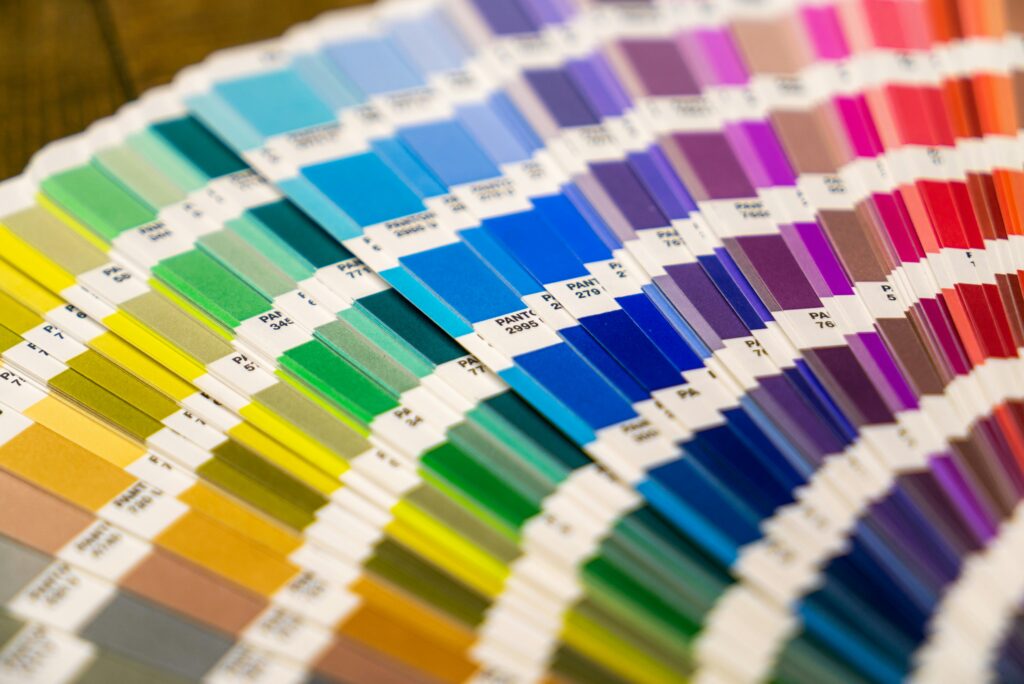How to adapt your graphic designs to suit various types of events, from conferences to concerts.
Designing graphics for different types of events requires a nuanced approach. Whether you’re working on a corporate conference, a lively concert, or a trade show, your graphics need to resonate with the specific audience and objectives of each event. In this blog article, we’ll explore how to tailor your graphic designs to meet the unique needs of various event types, ensuring they capture attention and enhance the overall experience.
1. Corporate Conferences
Tip: Focus on professionalism and clarity.
Considerations:
- Brand Consistency: Ensure that your graphics align with the corporate brand guidelines. Use the company’s color scheme, fonts, and logos to maintain consistency and reinforce brand identity.
- Informative Design: Use clear, concise graphics that convey information effectively. Infographics, charts, and bullet points can help present data and key messages in a digestible format.
- Elegant Aesthetics: Opt for a clean and professional design with a focus on legibility and simplicity. Avoid overly flashy elements that might distract from the main content.
2. Trade Shows
Tip: Prioritize visibility and engagement.
Considerations:
- Eye-Catching Elements: Design graphics that stand out and attract attention from a distance. Bold colors, large fonts, and striking visuals can help draw in attendees and make your booth memorable.
- Interactive Features: Incorporate interactive elements such as touchscreens or QR codes that engage visitors and provide additional information. This can enhance visitor interaction and interest.
- Product Focus: Highlight key products or services prominently in your graphics. Use high-quality images and compelling messaging to showcase what your company offers.
3. Concerts and Live Events
Tip: Emphasize creativity and atmosphere.
Considerations:
- Dynamic Designs: Use vibrant, dynamic graphics that capture the energy and excitement of the event. Incorporate elements that reflect the theme of the concert or the artist’s brand.
- Large-Scale Visuals: Utilize large-scale graphics and digital displays to create an immersive experience. Ensure that visuals are visible from various vantage points and integrate well with stage design.
- Thematic Consistency: Align your graphics with the theme of the event. Use motifs, colors, and imagery that resonate with the music genre and the audience’s expectations.
4. Festivals and Outdoor Events
Tip: Focus on durability and visibility.
Considerations:
- Weather-Resistant Materials: Choose durable materials that can withstand outdoor conditions. Weather-resistant vinyls and sturdy substrates will ensure that your graphics remain intact throughout the event.
- Large and Bold Graphics: Design graphics that are easily visible from a distance. Use large fonts and bold colors to ensure that important information is readable even from afar.
- Interactive and Fun: Incorporate fun and engaging elements that enhance the festival atmosphere. Interactive installations or photo booths with branded props can add an extra layer of excitement.
5. Trade Shows
Tip: Create graphics that facilitate networking and engagement.
Considerations:
- Clear Messaging: Ensure that your graphics clearly communicate your company’s unique value propositions. Use straightforward messaging and visually appealing elements to facilitate quick understanding.
- Interactive Displays: Set up interactive graphics that encourage visitors to engage with your booth. Digital touchpoints or engaging video screens can help attract attention and facilitate networking.
- Lead Capture: Design graphics that encourage visitors to leave their contact information or sign up for newsletters. Incorporate call-to-action elements that drive conversions and gather leads.
6. Workshops and Seminars
Tip: Focus on educational and functional design.
Considerations:
- Educational Content: Design graphics that support the educational goals of the workshop or seminar. Use visual aids such as diagrams, charts, and bullet points to enhance learning and understanding.
- Functional Layouts: Create graphics that organize information in a functional manner. Use clear headings, subheadings, and callouts to help attendees follow along with the presentation.
- Engagement Tools: Incorporate tools that facilitate interaction, such as feedback stations or interactive displays. These elements can help attendees engage more deeply with the content.
7. Charity Events and Fundraisers
Tip: Highlight the cause and inspire action.
Considerations:
- Cause-Driven Design: Design graphics that emphasize the charitable cause and inspire attendees to support it. Use imagery and messaging that connect emotionally with the audience.
- Call-to-Action: Include clear calls-to-action that encourage donations or participation. Make it easy for attendees to understand how they can contribute to the cause.
- Event Theme: Align your graphics with the theme of the event. Use colors, fonts, and imagery that reflect the nature of the fundraiser and resonate with the target audience.
Conclusion
Designing graphics for different types of events requires a tailored approach to meet the specific needs of each occasion. By focusing on the unique aspects of each event type, you can create graphics that enhance visibility, engagement, and overall impact. Whether it’s a corporate conference, a lively concert, or a community fundraiser, adapting your designs to fit the event’s objectives ensures that your graphics will resonate with the audience and contribute to the event’s success.
EventGraphics is your go-to partner for creating tailored graphics for any type of event. With our expertise in designing for diverse event settings, we can help you achieve impactful and effective visual communication. Contact EventGraphics – The Event Graphic Specialists today to discover how our custom graphic solutions can elevate your next event.

